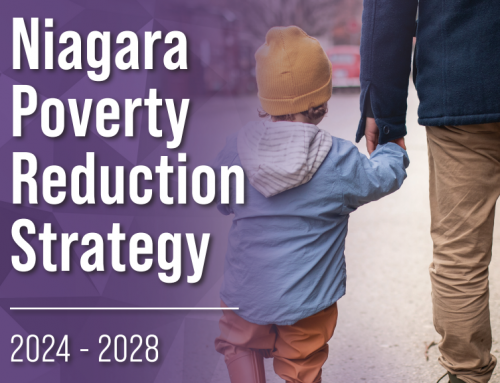Rapid population aging and mass migration to cities are the greatest demographic shifts of our time. Overwhelmingly, older adults in this country have expressed a desire to age-in-place, but this begs the question: how well do the places we live support the health and wellbeing of older adults? To begin to answer this question, this research seeks to understand the “double risk” that many older adults live with: the potential of being disadvantaged by social determinants of health and being further disadvantaged by living in a non-supportive neighbourhood. This paper seeks to understand where older adults in mid-sized cities (MSCs) with more vulnerability risk factors (poverty, living alone, aged 85+, etc.) are living, and if those neighbourhoods can be classified as unsupportive or supportive built environments.
The study includes data for St.Catharines-Niagara.
Authors: Samantha Biglieri and Maxwell Hartt
Published By: Evergreen
Publication Date: 2018








